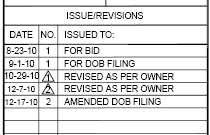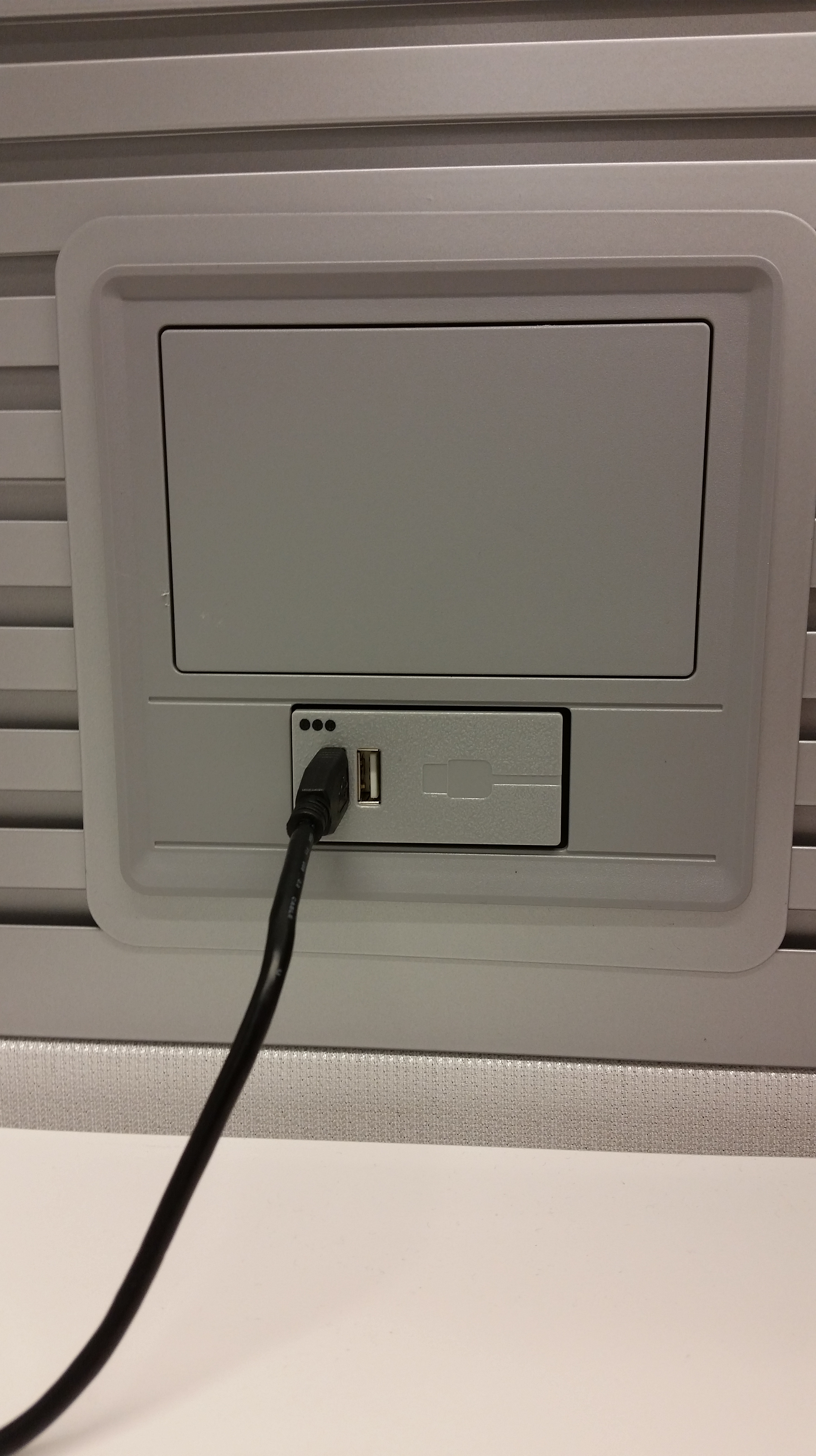By Rudy Holesek, Contributing Columnist
How is your equipment operating? Or more accurately, how are you operating your equipment? How do you know your equipment and systems are operating properly, and what is properly? Properly is a relative term, relative to the application. If your system was designed and installed for a specific use, your use, you have an easier task. Often we deal with equipment that was installed for a different use or maybe a different tenant. Maybe the previous application had a greater load, maybe less. Maybe there have been previous energy saving measures put in place. Those measures could include new lighting, better performing roof and windows, more efficient office equipment and finally greater or lesser occupancy.
You can begin to see that even if the equipment is ”working properly” you need to determine if it is being used to perform for different requirement. A great example is a building that was converted from an R&D or Lab to general office requirement. In this case the equipment may be oversized and is heating and cooling much more outdoor air than is now needed. While the equipment may be ”working properly” you may not be operating it properly. So, step one is to perform a Load Analysis of your building to determine exactly what you need for heating and cooling capacity. This is of particular importance if you are contemplating replacing HVAC equipment. You may be buying more capacity than necessary.
If you’re fortunate, you may have the specifications and performance data from the installation you can refer to. But, that will only give you part of the information you need to evaluate your system or building performance. This information however, will not tell you if you are operating your equipment properly or efficiently.
Fortunately, a mechanism exists for facility managers to evaluate their buildings, the Portfolio Manager program from Energy Star. Portfolio Manager is an online tool that allows users to track and assess building energy consumption. You can track one building or an entire portfolio. Portfolio Manager can help set investment priorities, identify under-performing buildings, verify efficiency improvements and receive EPA recognition for superior energy performance. Best of all, the tool is free – and very easy to use.
You register with Portfolio Manager and create a profile for the building you want to analyze. All that is needed is basic information, such as square footage, occupancy, estimated number of computers, operating hours, and of course, energy consumption and cost data (from your utility bills), Visit: http://www.energystar.gov/index.cfm?c=evaluate_performance.bus_portfoliomanager.
Next there is Benchmarking. Benchmarking determines if your facility is performing as it should. Let’s assume for the purpose of this article your building is not performing as well as it should, as evidenced by high utility bills or what you have discovered through Portfolio Manager. What do you do next?
Visit: http://www.buildingbenchmarks.com which is CBECS, ”Commercial Buildings Energy Consumption Survey,” and is compiled by the U.S. Department of Energy. CBECS is a national sample survey that collects information on the stock of U.S. commercial buildings, their energy-related building characteristics, and their energy consumption and expenditures.
Armed with this new-found information I recommend Building Commissioning. If you have the original Architectural and mechanical design documents for your facility, and have documented the changes over time then you would need Existing Building commissioning. If you have no documentation then you will need Retro-Commissioning. Having the documents and specifications will obviously save much time and money. The commissioning agent will inspect, test and adjust the systems in your building to meet the original design intent with consideration given to the current mission or tenant requirement.
Some findings from Existing Building Commissioning include corrections to:
* Temperature sensor location and calibration.
* Equipment time-of-day schedules and temperature set-up and set-back.
* Lighting and HVAC override switched left on causing 24/7 operation.
* Improperly adjusted or inoperative valve and damper actuators.
* Improper outdoor economizer adjustments and operation.
* Improper chilled water and/or discharge air temperature setpoints and reset schedules.
* Leaking or failed steam traps.
* Compressed air system leaks and/or improper pressure settings.
Depending on the size and use of your facility or building the findings above could result in tens of thousands of dollars of wasted energy each year!
Rudy Holesek is President of Apollo HVAC Corp. located in Bay Shore, NY. www.apollohvac.com (516) 242-8787. Rudy is Chairman of the US Green Building Council, Long Island Chapter, Vice President of BOMA-LI, Board Member of HIA-LI and a member of ASHRAE.
Discover more from Helping NYC & Long Island Commercial Tenants, Owners, and Developers
Subscribe to get the latest posts sent to your email.





